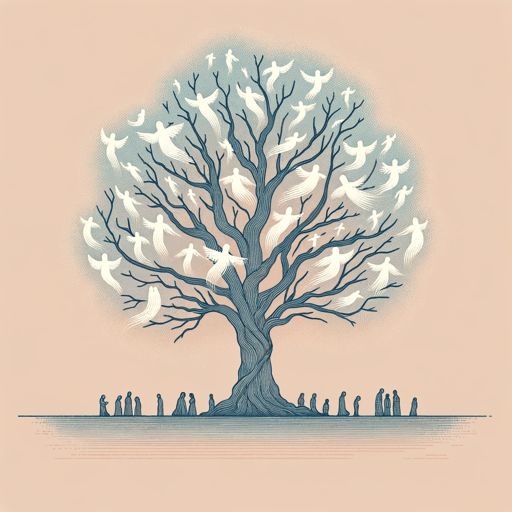112 pages • 3 hours read
Jesmyn WardThe Fire This Time
Nonfiction | Book | Adult | Published in 2016A modern alternative to SparkNotes and CliffsNotes, SuperSummary offers high-quality Study Guides with detailed chapter summaries and analysis of major themes, characters, and more. For select classroom titles, we also provide Teaching Guides with discussion and quiz questions to prompt student engagement.
Summary
“The Tradition” by Jericho Brown
Introduction by Jesmyn Ward
“Homegoing, AD” by Kima Jones
“The Weight” by Rachel Kaadzi Ghansah
“Lonely in America” by Wendy S. Walters
“Where Do We Go from Here?” by Isabel Wilkerson
“‘The Dear Pledges of Our Love’: A Defense of Phillis Wheatley’s Husband” by Honorée Fanonne Jeffers
“White Rage” by Carol Anderson
“Cracking the Code” by Jesmyn Ward
“Queries of Unrest” by Clint Smith
“Blacker Than Thou” by Kevin Young
“Da Art of Storytellin’ (a Prequel)” by Kiese Laymon
“Black and Blue” by Garnette Cadogan
“The Condition of Black Life Is One of Mourning” by Claudia Rankine
“Know Your Rights!” by Emily Raboteau
“Composite Pops” by Mitchell S. Jackson
“Theories of Time and Space” by Natasha Trethewey
“This Far: Notes on Love and Revolution” by Daniel José Older
“Message to My Daughters” by Edwidge Danticat
Key Figures
Themes
Symbols & Motifs
Important Quotes
Essay Topics
“White Rage” by Carol Anderson Chapter Summaries & Analyses
Part 1: “Legacy”
Essay Summary: “White Rage”
Many might consider the events in Ferguson, Missouri, in 2014 as the product of black rage, but it is evidence of white rage. This rage is quiet and official, expressing itself in voter suppression and cutting government jobs that disproportionately harm black Americans. The rage expressed itself after the Civil War and during school desegregation, as well as during Barack Obama’s presidency.
After the Civil War, institutional powers suppressed emancipated slaves through the Black Codes and by denying them their right to own land. Although congressional leaders like Thaddeus Stevens and Charles Sumner advocated for black citizens, white lawmakers continued resisting the empowerment of black people and allowed the Ku Klux Klan to persist its racist activities.
Although Brown v. Board of Education achieved the legal desegregation of schools, Southern members of Congress resisted the Supreme Court decision by claiming each state could refuse to follow its edict. Southeastern states denied income to desegregated schools and provided income to private schools for white children.
Barack Obama’s presidency was another apparent gain for racial equality, but subsequent events demonstrated further white rage in response to his election. These instances included “A rash of voter-suppression legislation, a series of unfathomable Supreme Court decisions, the rise of stand-your-ground laws, and continuing police brutality […]” (85).
Related Titles
By Jesmyn Ward






